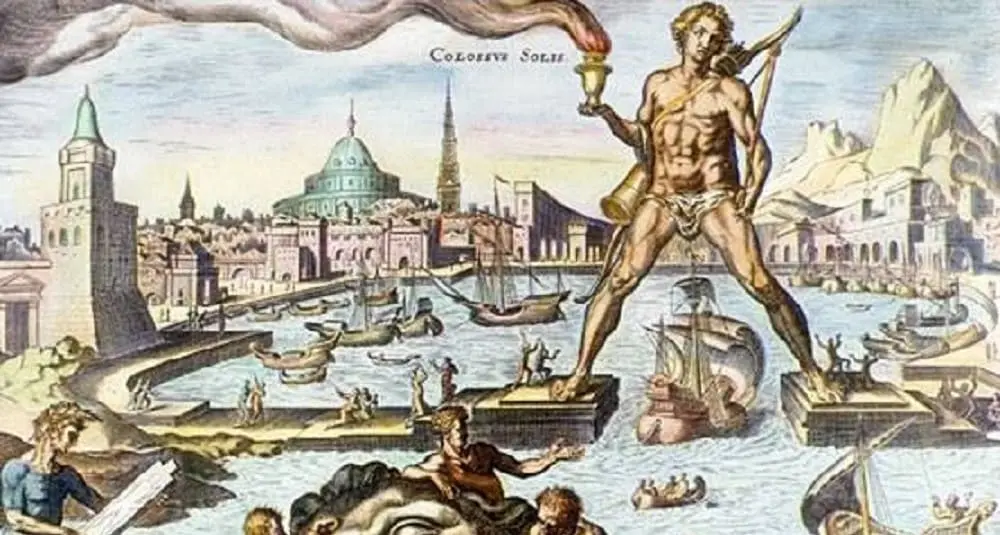Why has the Colossus of Rhodes disappeared?
Last Updated:
The Colossus of Rhodes, one of the Seven Wonders of the Ancient World, is a monumental bronze statue of the Greek god Helios, erected on the island of Rhodes around 292-280 B.C. It stood some 33 meters high, making it one of the most imposing statues of antiquity. Designed by the sculptor Charès de Lindos, the statue celebrated the Rhodian victory over the siege of the island by King Demetrios I Poliorcete in 305 BC.
Unfortunately, the Colossus of Rhodes did not last long. In 226 BC, less than 60 years after its completion, a powerful earthquake struck the island, causing the statue to collapse at the knees. Pieces of the statue remained on Rhodes soil for centuries, and the inhabitants, fearing the wrath of the gods if they rebuilt it, decided to leave the ruins intact.
The remains of the Colossus aroused the curiosity and admiration of ancient travellers, even in pieces, due to their colossal size. According to accounts, the bronze pieces were sold to a Syrian merchant in the 7th century, after the Arabs invaded the island. Today, no visible trace of the Colossus of Rhodes remains, but its story continues to inspire and fascinate.
Its disappearance in the earthquake marked the end of one of the greatest wonders of the ancient world, but its legacy lives on in historical accounts and artistic representations.
You may also be interested in
arts

Why has the Colossus of Rhodes disappeared?
Answer
The Colossus of Rhodes was destroyed by an earthquake in 226 BC. Its remains remained in situ for centuries.